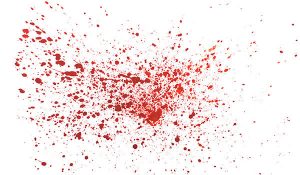Bloodborne pathogens are disease-causing microorganisms or “germs” that can be transmitted from person to person through contact with blood or other body fluids. Examples of bloodborne pathogens include hepatitis B virus (HBV), hepatitis C virus (HCV) and human immunodeficiency virus (HIV). Bloodborne pathogens!
Bloodborne pathogens pose a serious health hazard to people who may come in contact with them, regardless of whether the blood or body fluid is visible. Health care workers, first responders and anyone working in a field where they may come into contact with bodily fluids are particularly at risk.
In order to reduce the risk of exposure to bloodborne pathogens, it is important to practice universal safety precautions when handling blood or body fluids. This includes wearing personal protective equipment such as face masks, gloves, and eye protection when appropriate; disposing of potentially contaminated materials properly; and washing hands after contact with any bodily fluid.
Employers – Bloodborne pathogens
It is also important for employers to provide a safe workplace by ensuring that their employees are trained in proper safety procedures and that all necessary personal protective equipment is available. If an employee is exposed to a bloodborne pathogen, they should seek medical attention as soon as possible and report the incident to their employer.
In addition, it is important for individuals to monitor their own health for any signs or symptoms that could indicate an infection from a bloodborne pathogen. These signs can vary depending on the pathogen but can include fever, fatigue, rashes, joint pain, sore throat and more. If any symptoms appear that could be related to a potential infection from a bloodborne pathogen, individuals should seek medical advice immediately.
By following these safety precautions and monitoring their own health closely, individuals can reduce their risk of exposure to bloodborne pathogens significantly. Crime Scene Clean is a biohazard remediation company for all death and trauma scenes.

